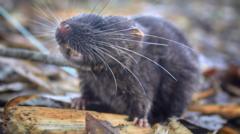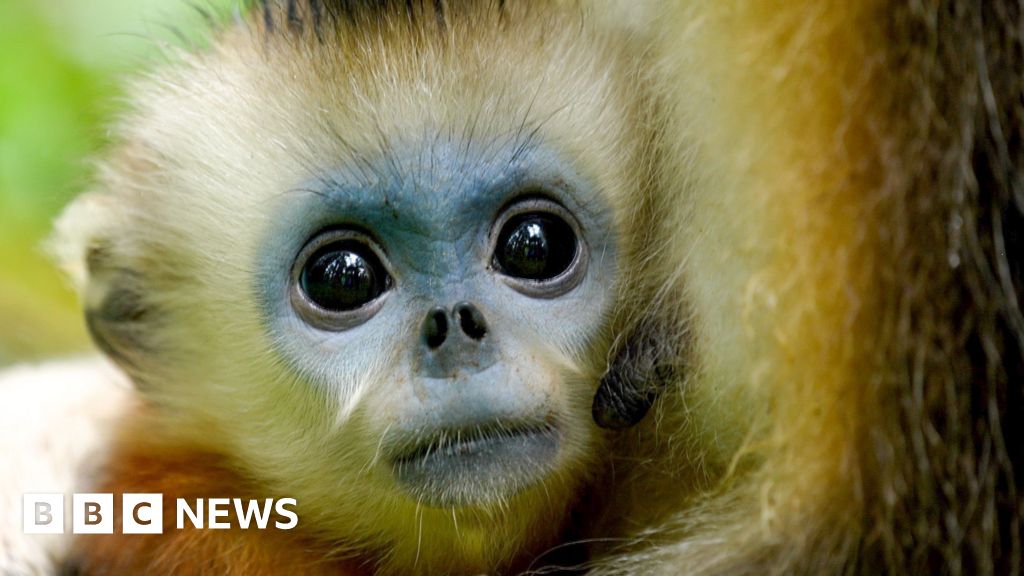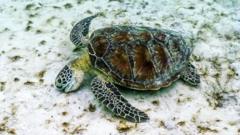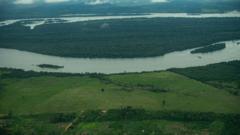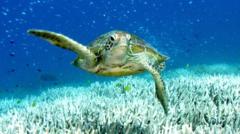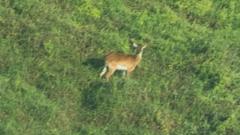In an inspiring expedition led by Conservation International and local indigenous groups, 27 new species have been discovered in the Alto Mayo region of Peru, a vital area of the Amazon rainforest. The impressive list includes an amphibious mouse with webbed feet, which demonstrates adaptation to its semi-aquatic lifestyle, and a peculiar blob-headed fish that had previously gone unnoticed by the scientific community.
Trond Larsen, a senior director at Conservation International, expressed excitement over the discovery, particularly considering the ecological challenges faced in a region heavily influenced by human activity. "Discovering so many new species of mammals and vertebrates is really incredible, especially in such a human-influenced landscape," he noted. The expedition also identified up to 48 species that may potentially be new, pending further investigation.
Alto Mayo is a protected area with a diverse array of ecosystems and indigenous territories, crucial for biodiversity conservation. However, it faces significant environmental stress from deforestation and agricultural expansion due to its relatively high population density. The expedition's results are particularly meaningful for the Awajún people, who have deep-rooted traditional knowledge of their natural surroundings. Yulisa Tuwi, a member of the Awajún community, stated that the findings empower their efforts to safeguard culture, natural resources, and territory.
Among the other impressive discoveries are a new species of dwarf squirrel measuring just 14 centimeters, several types of fish, three amphibians, and ten butterfly species. The dwarf squirrel, which is drastically smaller than the average grey squirrel found in the UK, was described as “adorable” and exceptionally agile by Larsen.
Particularly fascinating is the new spiny mouse species, named for its stiff guard hairs reminiscent of hedgehogs’ spines, and a climbing salamander seen only in a small area with unique white sand. The adventure emphasizes the essential role of indigenous knowledge in conserving these remarkable ecosystems and discovering their hidden treasures, paving the way for sustainable environmental practices in the region.

